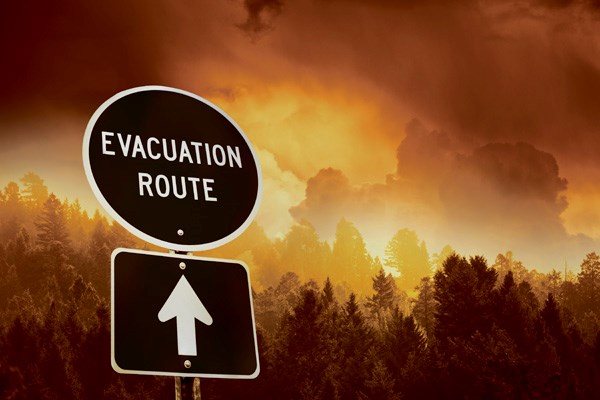Preparations are being made on the Saskatchewan side of the border with respect to the wildfire threat.
In a conference call with reporters Thursday officials confirmed the wildfires that have ravaged Fort McMurray and northern Alberta have crossed the border into Saskatchewan.
According to Steve Roberts, executive director of Saskatchewan Wildfire Management, nine fires are currently active in the province, with seven contained and two not contained. The new fire was the one on the Alberta border that is 40 hectares in size.
Air tankers and crews have been engaged on that fire, Roberts said, and in addition they have been mobilizing resources for the Fort McMurray fire in collaboration with Alberta.
Duane McKay, from the Ministry of Government Relations, told reporters the situation had not changed much from the day earlier.
While the fire has reached the Saskatchewan border, "that hasn't actually indicated any major shift in our tactical or strategic operations." There was no immediate threat to any communities, with the exception of the possibility of smoke, said McKay.
As of Thursday, efforts still focused on preventative efforts in the province.
"It is really about preparation," said McKay. He said they continue to refine their plans and work with municipalities and First Nations to make sure they are ready, as well as making sure ministries and the Red Cross are on alert and ready to activate their plans if they need to. There have been no evacuations in the province to this point.
As for how fast the fire at the Alberta border could spread to populated areas, McKay noted that La Loche is still 30 kilometres away and also surrounded by water.
"We don't see a direct fire threat to La Loche," McKay said. But he reminded people "this fire has been completely unpredictable." The fire had been expected to arrive in Saskatchewan weeks earlier.
Also, McKay added that a shift in wind direction was expected "that should mitigate the growth of that fire into Saskatchewan."
Roberts said a wind shift was expected Thursday from the east that would push the smoke and fire back and allow crews access to the base of the fire in less smoky conditions.




